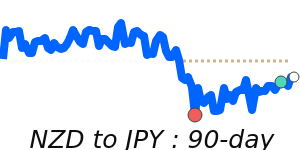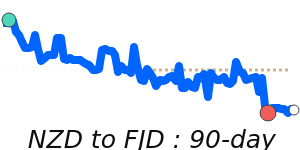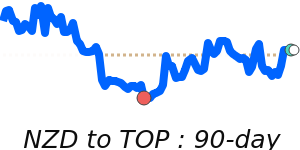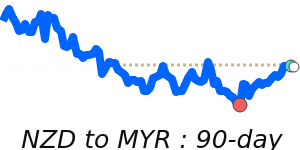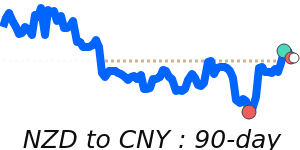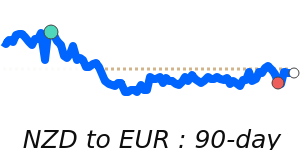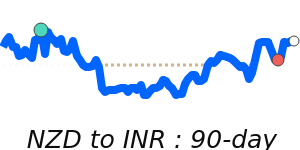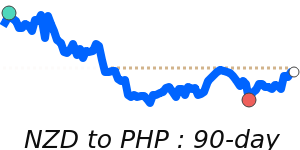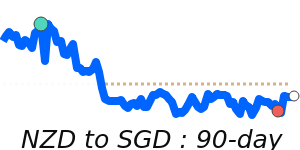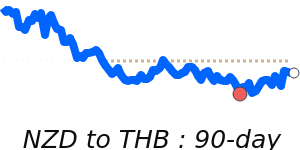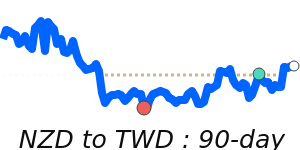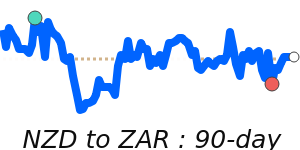The New Zealand dollar (NZD) is currently facing challenges, struggling to gain traction despite a positive domestic economic report. Recently released GDP figures exceeded expectations, yet these have not significantly influenced the Reserve Bank of New Zealand's (RBNZ) policy outlook. Investors are now looking ahead to New Zealand's trade data, which could provide modest support for the NZD if exports improve.
Recent forecasts from leading financial institutions offer a mixed outlook for the NZD. Bank of America anticipates that the NZD will weaken against the Australian dollar (AUD), projecting the AUD/NZD exchange rate to reach 1.20 by mid-2026. This prediction reflects concerns over diminishing upside risks for the NZD and anticipated rate cuts by the RBNZ, which could lead to weaker currency performance.
In contrast, the ANZ has a more optimistic view for the NZD/USD exchange rate, forecasting it could strengthen to 0.62 by the end of this year and even further to 0.64 by the end of 2026. This expected appreciation is based on predictions of a more sluggish US economy and potential rate cuts from the Federal Reserve.
TD Securities also forecasts a recovery for the NZD in 2026, anticipating gains of 7-8%. Such a rebound could stem from improved global economic conditions, better market sentiment, and a weaker US dollar.
Currently, the NZD is trading at 7-day lows against several major currencies. The NZD/USD is at 0.5789, just slightly above its 3-month average of 0.5739, showing stability within a 4.5% range. Against the EUR, the NZD is at 0.4930, near its 3-month average and experiencing minimal fluctuations. It stands at 0.4298 against the GBP, slightly below its 3-month average, and at 90.55 against the JPY, which is higher than its 3-month average of 88.47.
Overall, while immediate market conditions challenge the NZD, forecasts suggest potential for recovery as global economic scenarios evolve. Businesses and individuals engaged in international transactions should remain alert to these developments, especially in the context of fluctuating exchange rates.



